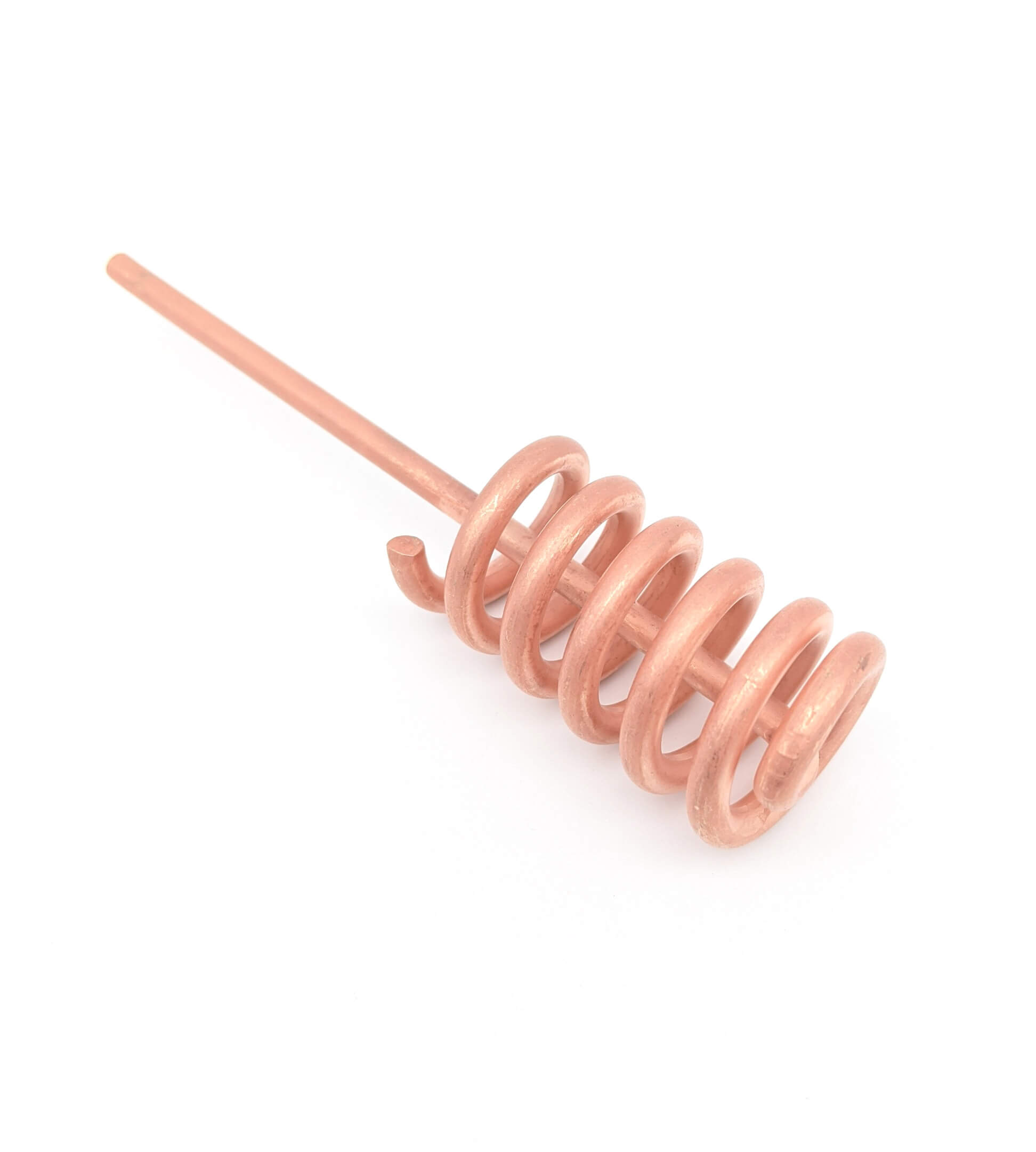Get unique, complex parts easily. No matter your requirements, Chaoyi Spring creates hard-to-produce coil springs and wire forms.
Let us help you create the custom wire form you need, from S-hooks and J-hooks to utility hooks and more.
We work closely with customers across a wide range of industries, helping them design and manufacture made-to-order parts.
Why choose Chaoyi Spring? We prioritize customer-focused collaboration, modern equipment and the latest technology to make your parts per print.
Find the information and guidance you need, from measuring a spring to learning about materials, placing an order and much more.
A garage door is a heavy piece of machinery, and the torsion springs that power it are crucial for its safe and efficient operation. Over time, these springs can wear


A garage door is a heavy piece of machinery, and the torsion springs that power it are crucial for its safe and efficient operation. Over time, these springs can wear out, lose tension, or even break, leaving you with a door that’s difficult to open or close, and potentially dangerous. If you're experiencing issues with your garage door, replacing the torsion springs might be the solution you need. This article will walk you through the process of replacing torsion springs on your garage door, providing a detailed guide to help you understand the process, safety considerations, and potential challenges.

Torsion springs are coiled metal springs that are responsible for lifting and lowering your garage door. They’re located above the door, usually mounted on a shaft. When you open your garage door, the springs unwind, providing the energy needed to lift the door. When you close the door, the springs wind up again, storing energy for the next opening. Torsion springs are powerful, and even a small spring can store a significant amount of energy. This stored energy can be released suddenly if the spring breaks, which can be very dangerous. For this reason, it’s important to take safety precautions whenever working with garage door torsion springs.
There are a few signs that indicate your garage door torsion springs might need replacing. These include:
If you notice any of these signs, it’s important to have your garage door inspected by a professional as soon as possible. Attempting to repair or replace the springs yourself can be very dangerous, so it’s best to leave this job to the experts.
Before you attempt to replace your garage door torsion springs, it’s important to understand the risks involved. Torsion springs are under extreme tension and can cause serious injury if they break or release suddenly. Here are some safety precautions to take:
If you’re not comfortable working with garage door torsion springs, it’s best to hire a professional to do the job for you. They will have the proper tools, training, and experience to do the job safely and correctly.
Once you've taken all the necessary safety precautions, you can begin the process of replacing your garage door torsion springs. Here are the steps involved:
If you're not confident in your ability to replace the springs yourself, contact a professional garage door technician. They will be able to do the job quickly and safely.
When choosing replacement springs, there are a few factors to consider:
Once you have chosen the right springs, you need to ensure they are properly installed by a qualified professional. This will ensure the safety and efficiency of your garage door.
Replacing torsion springs can be a challenging task, even for experienced professionals. Here are a few potential challenges you might encounter:
Replacing torsion springs on your garage door is a complex task that requires safety precautions, knowledge of the process, and proper tools. While it’s possible to do the job yourself with the right knowledge and experience, it’s highly recommended to consult a qualified garage door technician for safety reasons and proper installation. Remember, safety should always come first. If you are unsure of any steps or safety precautions, consult a professional for assistance. Taking these steps will ensure the safety and functionality of your garage door for many years to come.
In conclusion, replacing torsion springs on your garage door requires careful planning, safety precautions, and proper installation. While it's possible to do it yourself with the right tools and knowledge, it's highly recommended to hire a professional for a safe and efficient job. Remember that these springs are under extreme tension and could cause serious injury if handled improperly. Prioritizing safety and using a qualified professional will ensure the long-term functionality and safety of your garage door.
Browse some of the custom wire forms and springs that we manufacture. Don’t see what you need? We specialize in made-to-order products that meet your application requirements.
Visit Our GalleryNeed a custom wire form or coil spring? We make it work. Fill out the contact form and a representative will respond within 1 business day. If you have a PDF or CAD file, you can submit to request a quote.